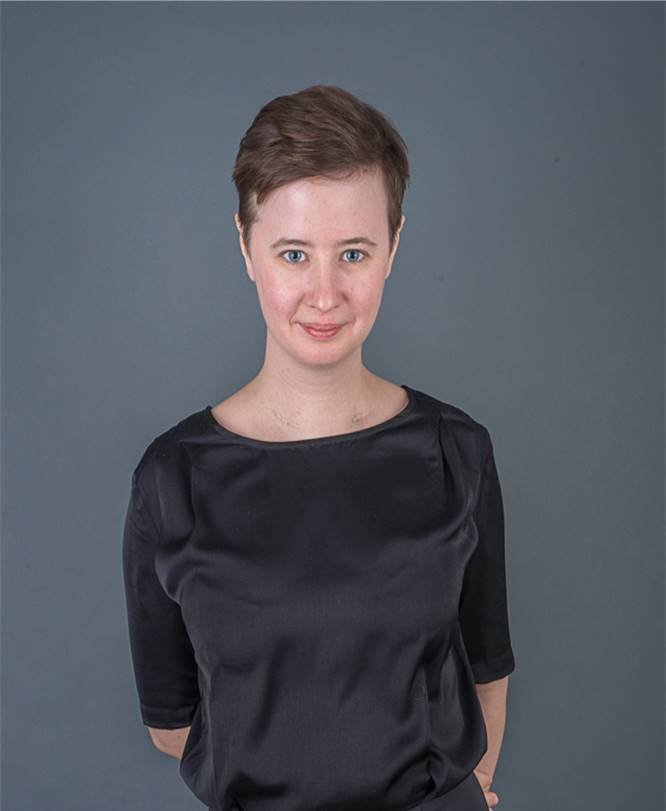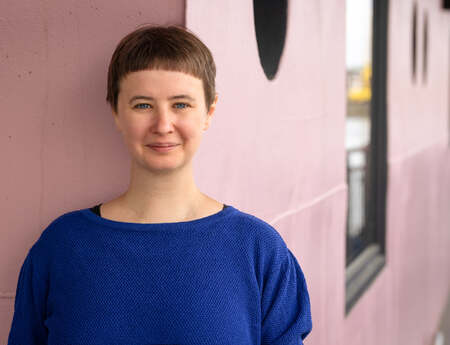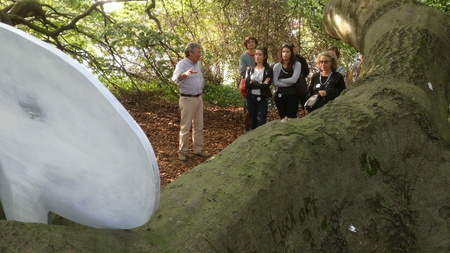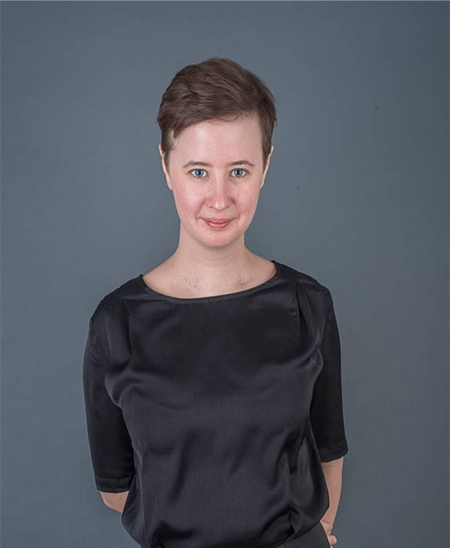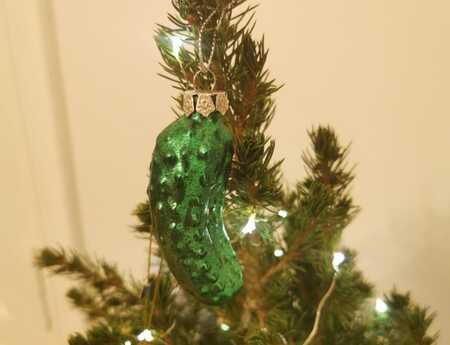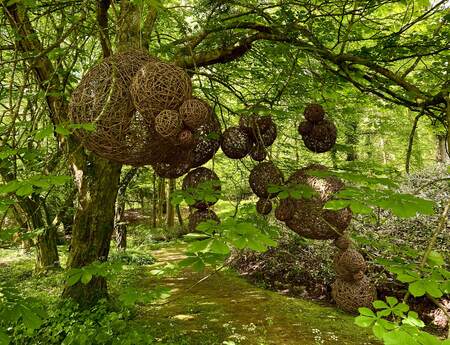Giving Art the Freedom that Art Needs
We talked to Hartmut Stielow, sculptor, co-founder and board member of sculpture network, about the 15th anniversary, the value of networks as well as his past and current vision for the association. Questions about the present, past and future.
Looking at the here and now – Hartmut, what are you working on at the moment?
An international machine manufacturer is constructing a new research and development centre here in Hanover. They ordered a sculpture from me. Yesterday I set up a wooden model in original size, it measures 5 x 5 metres. The foundation also had to be measured – all on a large construction site, quite a lot of noise and bustle!
A few glimpses into the past – if you think back to the years when sculpture network was founded: What were your expectations then and what did they become for you?
To answer this question, I have to briefly explain the history of the foundation. From 2000 till 2005 I was on the board of the International Sculpture Centre (ISC) for several years. After giving a lecture at one of the ISC's international conferences in Houston, I was asked if I could represent and expand the US organization in Europe. In 2003, I invited some of the members to the Documenta in Germany and at the following board meeting in San Francisco I suggested founding a European branch of the ISC. This suggestion found great approval by the board and by a lucky coincidence Ralf Kirberg showed up a few weeks later in my studio. He had seen a sculpture of mine in their garden and was interested in buying one of my works. So, a few days later he stood in front of me and casually told me that he would soon retire and wanted to get involved in culture - preferably in a setting where he could help shape a great deal himself.
But back to the question, the expectations did not originate from myself, but from the ISC. We got their support and agreement to build a network in Europe. The intention was to support great artists, both theoretically and practically, in the form of competitions, international forums and various other formats. So, a good amount of it was about imparting knowledge, helping people to help themselves in terms of content, offering perspective. Even after the soon following independence from the ISC, sculpture network can still achieve this quality today - bringing together a wealth of perspectives and people who share our enthusiasm for sculpture.
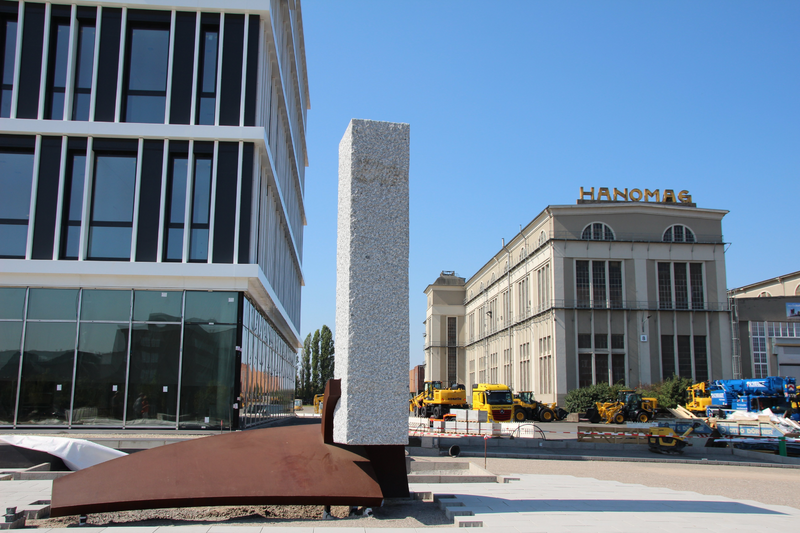
Who made further formative contributions to the success of these goals in recent years? Who do you think of first?
There are many people who have supported us from different directions. It is not possible to name them all. Looking back, I think first of all of the sculptor Susanne Specht, who provided us with a postal address and a room for the association in Berlin during the first years. Professor Robert Kudielka from the UDK in Berlin brought new perspectives into the discussions on content, as did Jan Maruhn, director of the sculpture workshop of the bbk in Berlin. Internationally, Rob Ward from England, who made important contributions to the forums in Leeds and Turin, strengthened our board. In Spain, Beatrice Blanch and Amparo López Corral set important accents and Anne Berk created further points of contact in the Netherlands. Gottfried Hattinger connected us in a great way at the Forum in Linz and Bernd Stieghorst in Zurich. In general, over time we have built up a valuable network of people that have made it possible for us to attract important people from the scene as speakers for symposia whom we could never have addressed as individuals. This is one of the strengths of sculpture network.
Imagine if you had a personal sculpture network photo album. When you open it, what kind of pictures are there?
One picture I always have in mind is how I met Ralf Kirberg in Cincinnati on the Ohio River with the American board of directors of the ISC. The next picture I have to think about is our first big forum in Germany, the Gropius Bau in Berlin - then the forum with Magdalena Abakanowicz in Warsaw, which I met in Pittsburgh. Especially from the early days there are many of pictures in my head, because we still took care of everything ourselves.
In the past years, I couldn't get involved to the extent I wanted due to health reasons and I have to admit that I can't do so much with some developments - but I leave things like the website to those who know it better and I don't interfere. My life has become quieter, while the blinking 15 on the website shows how lively and exciting the network continues to be.
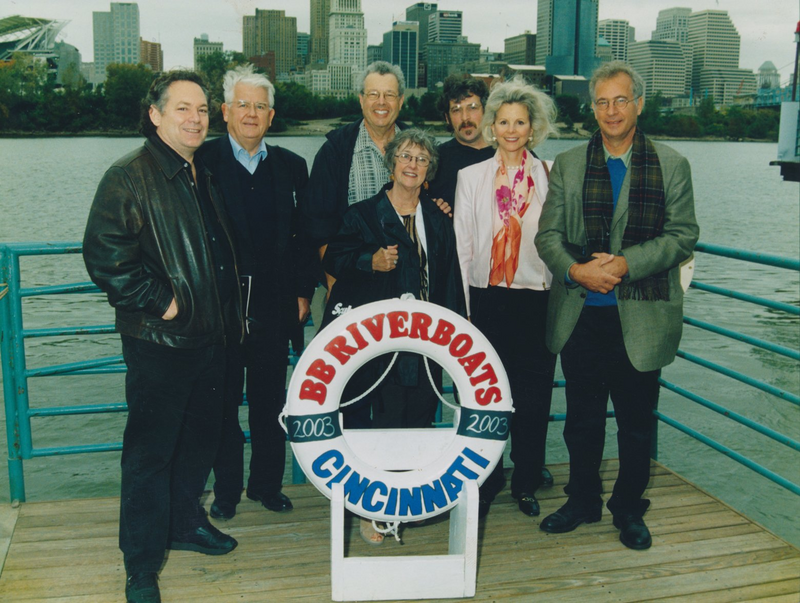
A glimpse into the future – where should the journey go on, both for you personally and for sculpture network?
My personal wish is first and foremost to stay healthy and alert, also in order to continue to be active in an advisory capacity on the board. I think the work for sculpture network is simply good. Or, to put it in Ralf Kirberg's words: "This is right and important at the same time". If the journey for sculpture network continues so that we can offer our members new ideas from different countries through interesting topics and exciting offers such as the forum, a great deal has already been achieved. The expansion of the Executive Board should also make a contribution to this. All in all, I hope that we stay at least as good as we are now, and ideally even richer, in order to support our members and make a contribution to keeping art free – thus giving art the freedom that art needs.
Thank you, Hartmut, for your time and your great commitment!
Would you like to learn more about the history and the 15th anniversary of sculpture network? The article Fifteen Years of sculpture network – Lone Warriors, Declarations of Love, and the Mathematics of the Network provides further exciting insights.
Cover photo: Hartmut Stielow at the sculpture network Dialogue in the exhibition New Art in Old Gardens
Author: Elisabeth Pilhofer
Elisabeth Pilhofer is a freelance editor and curator. She spoke for us with Hartmut Stielow about his current work, the founding of sculpture network and his wishes for the future.

